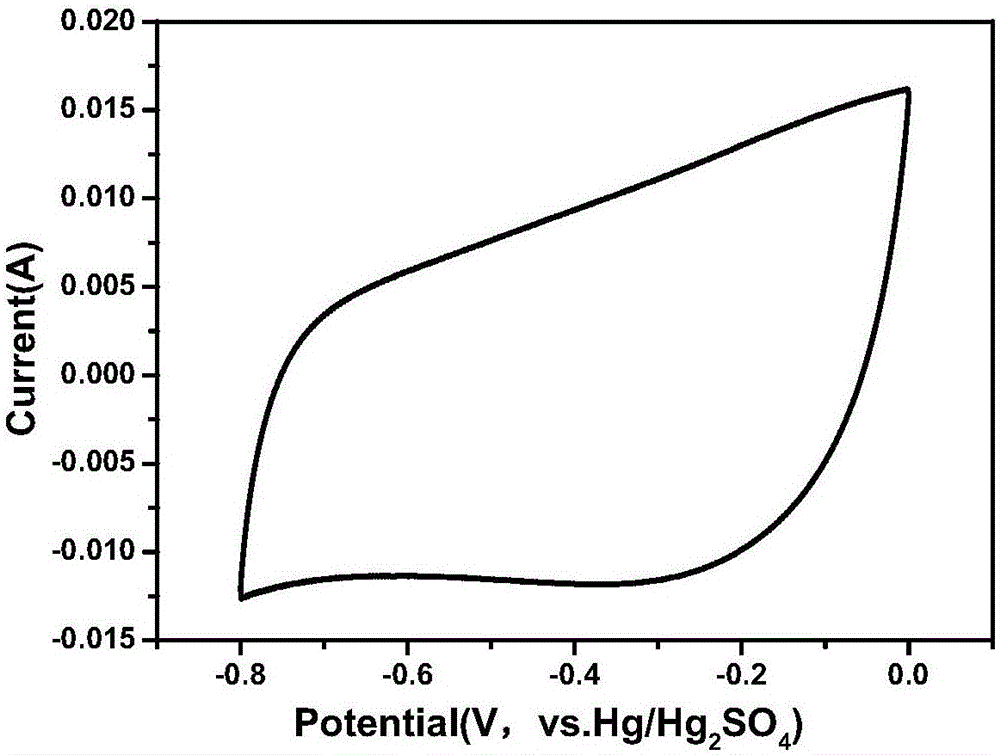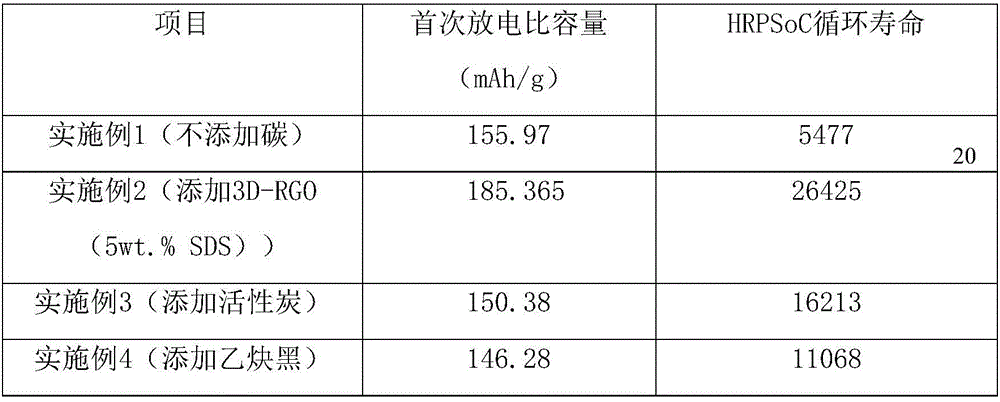Lead-acid storage battery plate additive preparation method
A lead-acid battery and additive technology, applied in battery electrodes, circuits, electrical components, etc., can solve the problems of unsolved sulfation problems, reduced battery charge acceptance, and reduced active material utilization, etc., to inhibit the negative electrode of the battery. Effects of irreversible sulfation process, improved utilization and battery charge acceptance, increased specific surface area and porosity
- Summary
- Abstract
- Description
- Claims
- Application Information
AI Technical Summary
Problems solved by technology
Method used
Image
Examples
Embodiment Construction
[0021] The technical solutions in the embodiments of the present invention will be clearly and completely described below in conjunction with the accompanying drawings in the embodiments of the present invention. Obviously, the described embodiments are only some of the embodiments of the present invention, not all of them. Based on the embodiments of the present invention, all other embodiments obtained by persons of ordinary skill in the art without making creative efforts belong to the protection scope of the present invention.
[0022] Embodiments of the present invention will be further described in detail below in conjunction with the accompanying drawings, as figure 1 Shown is a schematic flow chart of the preparation method of the lead-acid battery plate additive provided by the embodiment of the present invention, and the preparation method includes:
[0023] Step 11: First add 1-3g natural graphite and 2-6g NaNO 3 Add 23-60mL of 98wt.% sulfuric acid solution, and st...
PUM
 Login to View More
Login to View More Abstract
Description
Claims
Application Information
 Login to View More
Login to View More - R&D
- Intellectual Property
- Life Sciences
- Materials
- Tech Scout
- Unparalleled Data Quality
- Higher Quality Content
- 60% Fewer Hallucinations
Browse by: Latest US Patents, China's latest patents, Technical Efficacy Thesaurus, Application Domain, Technology Topic, Popular Technical Reports.
© 2025 PatSnap. All rights reserved.Legal|Privacy policy|Modern Slavery Act Transparency Statement|Sitemap|About US| Contact US: help@patsnap.com



